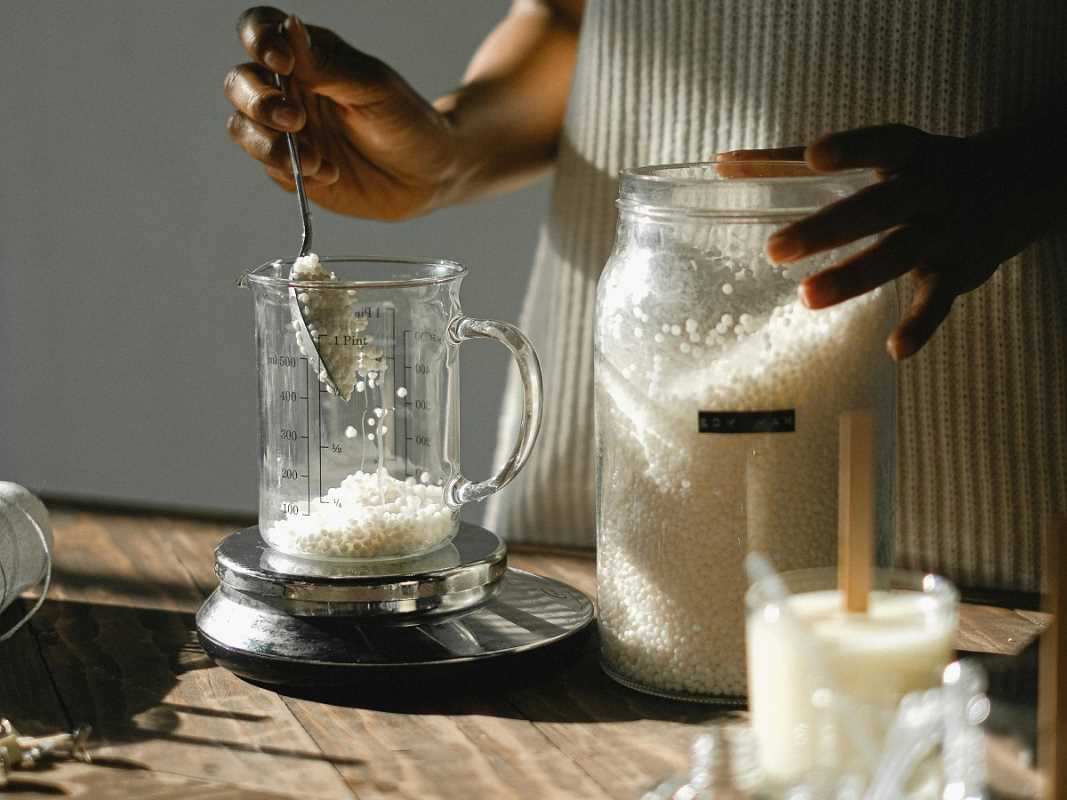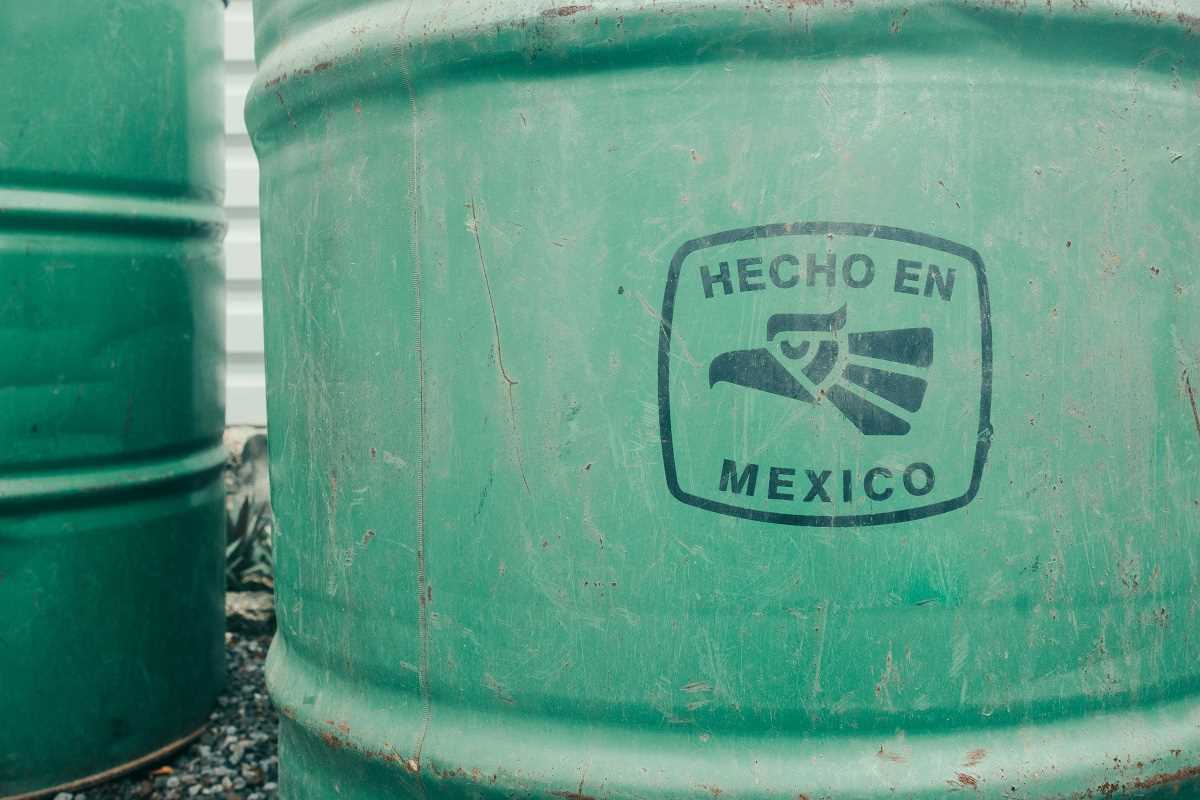When it comes to shopping, especially while budgeting, many people wonder if it’s cheaper to create something themselves or buy it from a store. The truth is, there’s no one-size-fits-all answer—whether you should go DIY or store-bought depends on the item, your skills, and the time you're willing to invest. DIY options can often save you money while adding a personal touch, but store-bought items tend to be quicker and sometimes more reliable. Let's explore the benefits and downsides of both, and provide detailed instructions for making your own DIY items that can help stretch your budget.
Why Consider DIY?
DIY (Do-It-Yourself) is a fantastic way to save money, reduce waste, and personalize items to suit your needs or style. Creating something by hand often costs less than buying a similar item at a store. Plus, DIY gives you the flexibility to control materials, design, and quality.
Pros of DIY
- Cost Savings: Ingredients or materials for DIY projects are often cheaper than the finished product.
- Customization: You can make items look or function exactly as you want them to.
- Sustainability: DIY reduces packaging waste and lets you repurpose items you already own.
Cons of DIY
- Time-Consuming: Creating items yourself often takes more time than heading to a store.
- Skill Required: Some projects require specific tools or skills to achieve professional results.
- Upfront Costs: Depending on the materials, your initial investment for a DIY project might be high, though it typically pays off over time.
Why Go Store-Bought?
Store-bought options are convenient and can sometimes be more cost-effective than DIY, especially for those with limited time or no crafting experience. You’ll often get a professionally-made product that’s consistent and reliable.
Pros of Store-Bought
- Convenience: No need to take time assembling or crafting—just grab and go.
- Consistency: Products are made by experts with standardized processes.
- Time-Saving: Ideal when you're in a rush or lack resources for a project.
Cons of Store-Bought
- Higher Cost: Finished products generally come with added costs for labor and packaging.
- Limited Customization: Most store-bought items aren’t tailored to your specific needs or preferences.
- Environmental Impact: Purchasing pre-packaged goods often creates more waste.
DIY Projects That Save Money (With Step-by-Step Instructions)
If you're ready to start saving by taking the DIY route, here are three popular items you can make at home, along with easy instructions. Not only will you save money, but you’ll also have fun creating something that feels uniquely yours!
1. DIY Candles
Candles can cost anywhere from $10 to $40 at the store, but making your own costs just a few dollars—and you get to choose the scent and style.
Materials:
- Soy or beeswax (available online or at craft stores)
- Candle wicks
- Heat-safe containers (mason jars or recycled glass jars work great)
- Essential oils for fragrance (e.g., lavender, vanilla, or citrus, depending on your preference)
- A double boiler or microwave-safe bowl
- Wooden skewers or chopsticks
Instructions:
- Melt the wax using a double boiler or microwave. Stir to ensure it’s evenly melted.
- Prepare your container by placing the wick in the center. Use a skewer or chopstick to hold it upright by balancing it across the mouth of the jar.
- Once the wax is melted, remove it from the heat and stir in 10–15 drops of essential oil for fragrance.
- Pour the wax into the container, being careful not to disturb the wick.
- Allow the candle to cool for at least 4 hours. Trim the wick to about 1/4 inch before lighting.
Savings Tip: Wax and wicks are sold in bulk, so making several candles at once saves even more money.
2. DIY All-Purpose Cleaning Spray
Store-bought cleaning products can add up quickly, often costing $5–$10 per bottle. Making your own at home is much cheaper, non-toxic, and environmentally friendly.
Materials:
- Distilled white vinegar (1 cup)
- Water (1 cup)
- Lemon essential oil (optional, for scent and extra cleaning power)
- Reusable spray bottle
Instructions:
- Mix the vinegar and water in equal parts directly into the spray bottle. Add 10–15 drops of essential oil for fragrance, if desired.
- Shake well before each use.
- Use the spray on countertops, mirrors, and other surfaces. Wipe clean with a reusable cloth or sponge.
Savings Tip: Vinegar and essential oils are versatile, so you can use them in other DIY cleaning products as well.
3. DIY Wall Art
Decorating your home doesn’t have to mean spending hundreds of dollars on store-bought prints and frames. Making your own wall art is inexpensive and allows you to showcase your creativity.
Materials:
- Canvas or thick poster board
- Acrylic paint or watercolor paint
- Painter’s tape (optional, for geometric designs)
- Brushes or sponges
Instructions:
- Decide on your design. Geometric patterns, abstract splashes, or simple silhouettes work great for beginners.
- If using painter’s tape, outline your design on the canvas to create crisp lines.
- Paint your design, layering colors as needed. Don’t worry about perfection—it’s the imperfections that make DIY art unique!
- Allow the paint to fully dry, then remove the painter’s tape if used.
- Hang your artwork using affordable frames or attach it directly to the wall.
Savings Tip: Use leftover crafting supplies like scrapbook paper or fabric scraps to add texture to your art.
When Store-Bought Makes More Sense
While DIY is great in many situations, there are times when store-bought might be the better choice. For example:
- High-Tech Items: Electronics or gadgets are better left to the pros—assembling them yourself isn’t feasible (or safe).
- Specialized Products: Items such as mattresses or appliances require expertise and materials not easily accessible for at-home creations.
- Limited Time: If you're short on time or have a long to-do list, buying can save you stress, even if it costs more.
How to Decide Between DIY and Store-Bought
Here’s a quick checklist to help you determine whether DIY or store-bought is the way to go for a specific item:
- What’s Your Budget? If cost is your main concern, compare the price of materials to the store-bought price.
- Do You Have Time? DIY takes effort, so evaluate whether you have the hours (and patience) to complete the project.
- What’s the Intended Use? For everyday items, like cleaning sprays, DIY often works well. For specialty items, store-bought might be more reliable.
- Do You Enjoy DIY? If crafting relaxes or excites you, go for it! If the thought of assembling something stresses you out, consider store-bought options.
There's no right or wrong answer when it comes to choosing between DIY and store-bought—it all depends on your priorities, resources, and preferences. DIY can offer significant savings and a personalized touch, but store-bought items can save you time and deliver consistent results.
For best results, approach each shopping decision with flexibility. Mix and match DIY and store-bought options to strike the perfect balance between cost, convenience, and creativity. Who knows? With a few DIY successes under your belt, you might become a pro at turning simple projects into big savings!
 (Image via
(Image via




